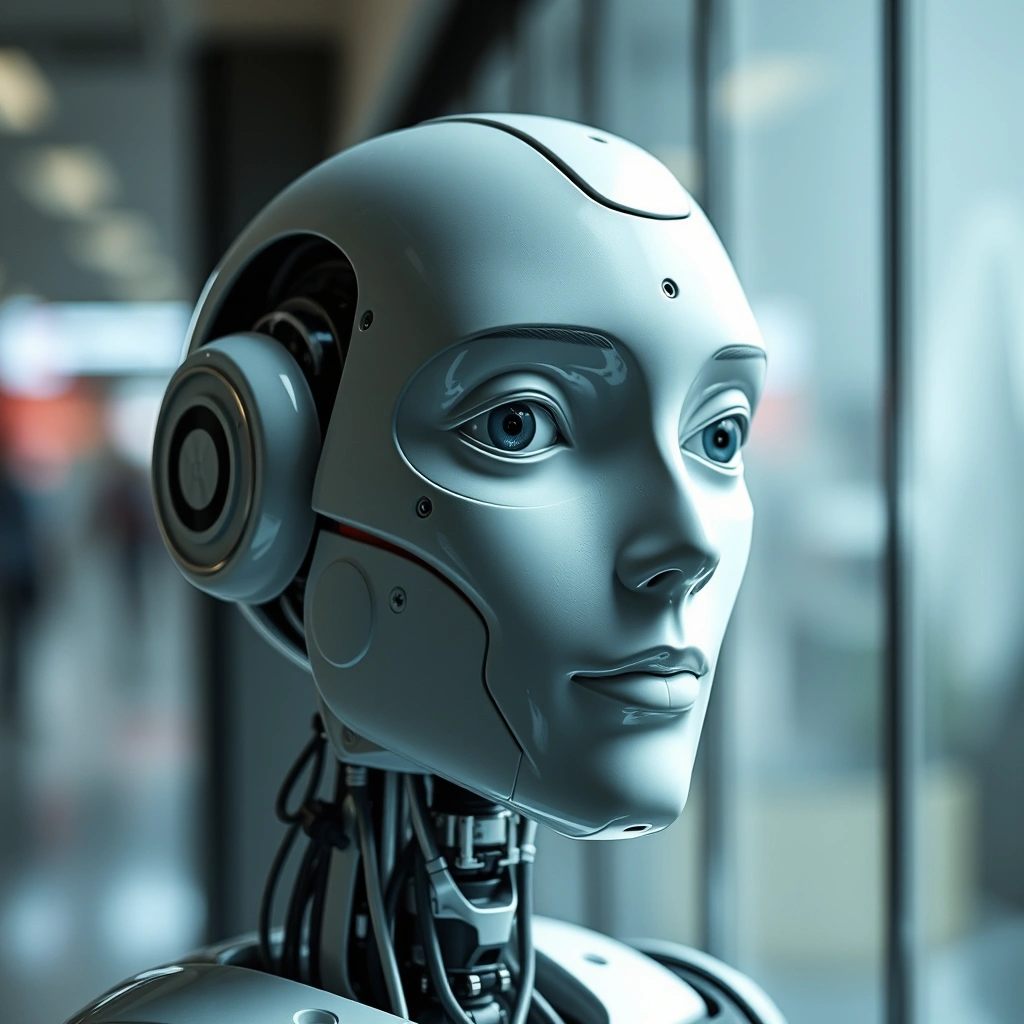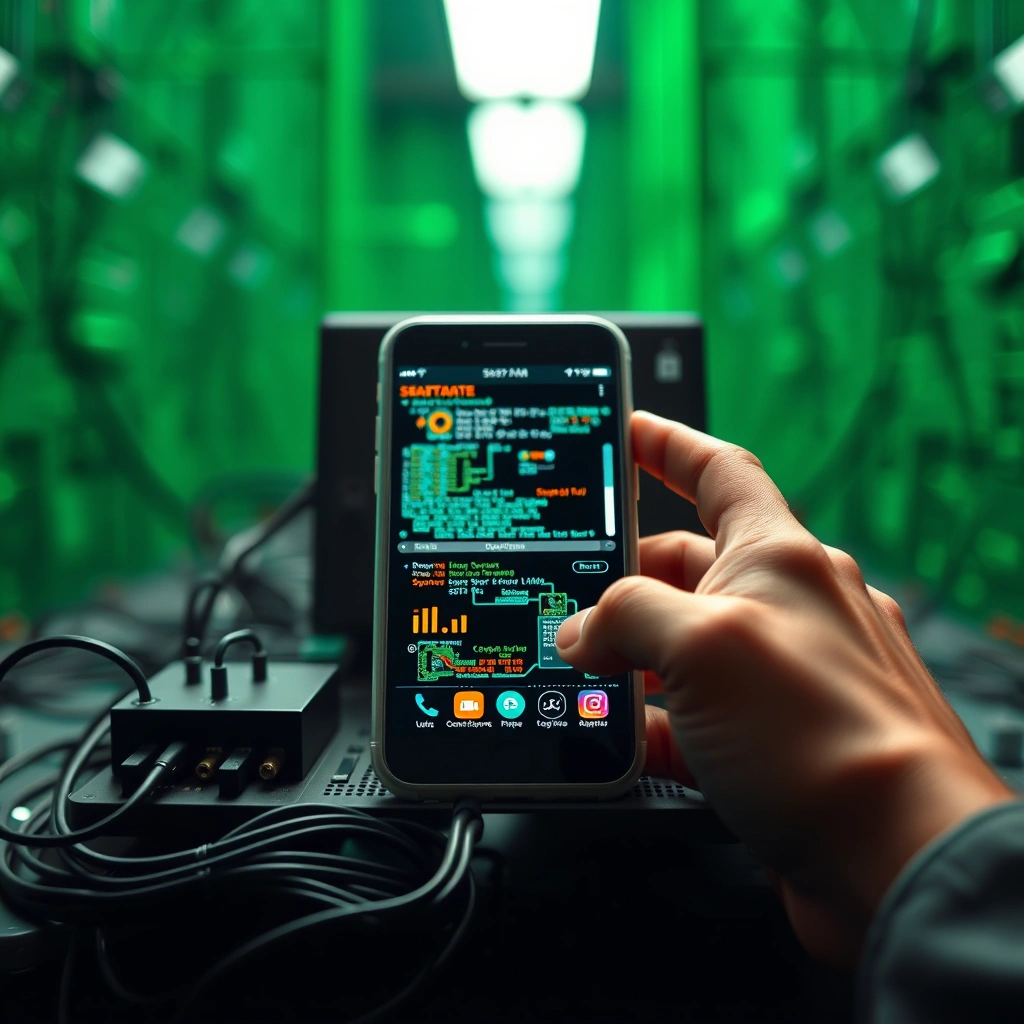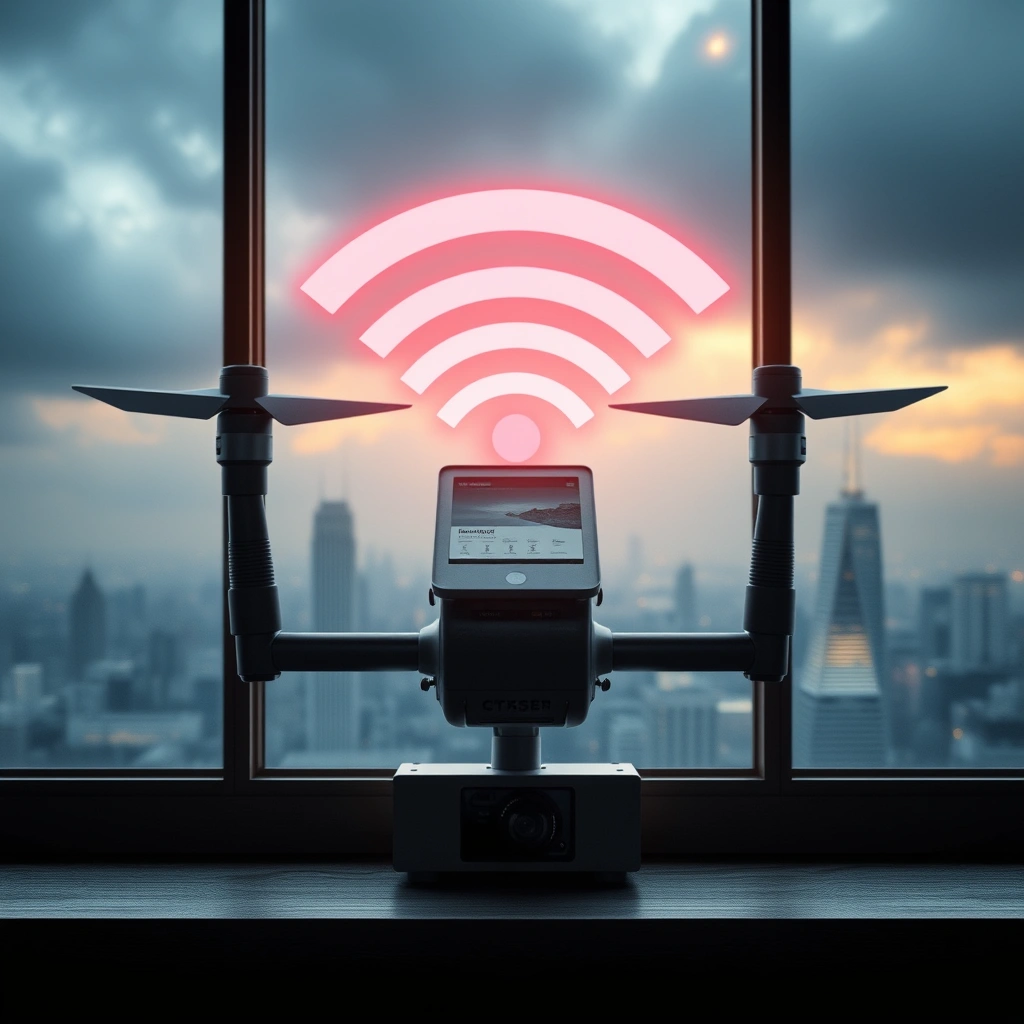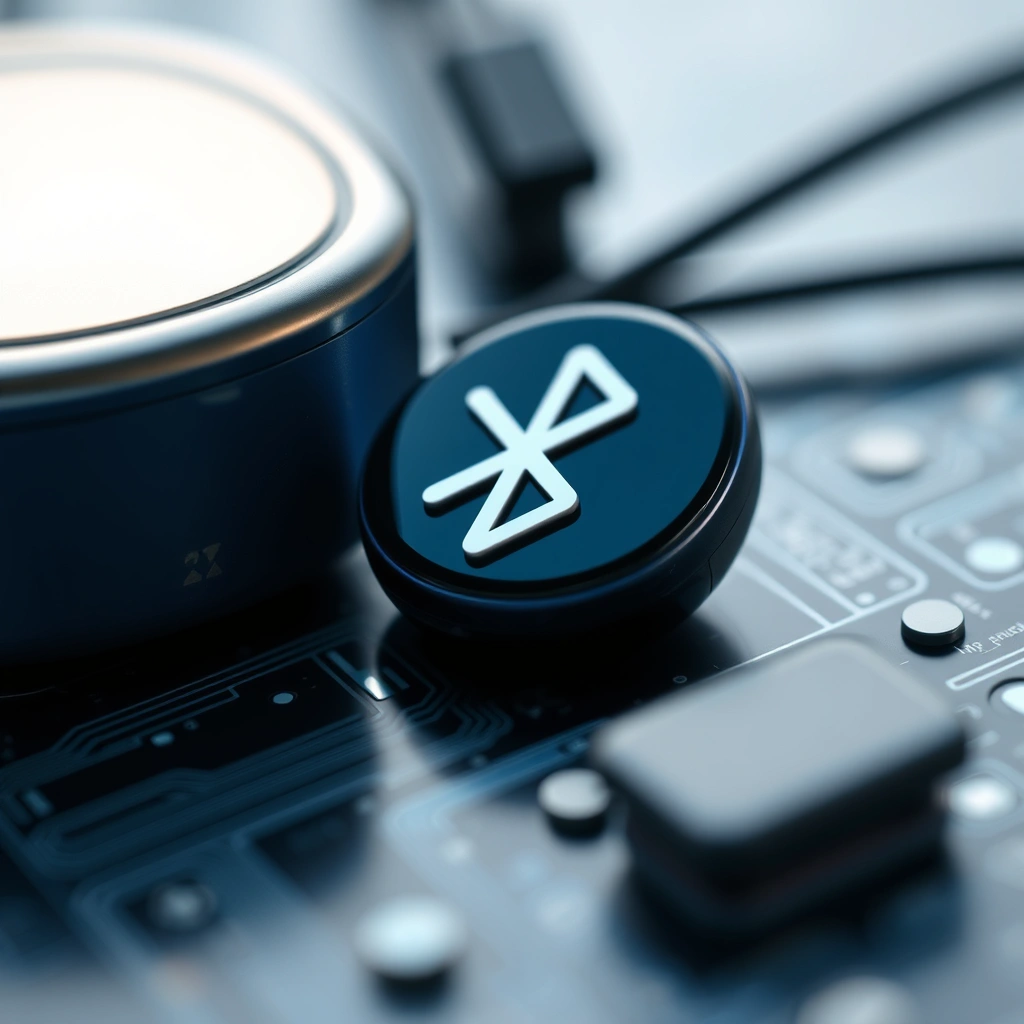The Rise of AI Language Tools in Online Communication
Online conversations have evolved dramatically in recent years, driven by the rapid development of AI language tools. From grammar checkers to real-time translation services, these innovations are transforming how we interact, collaborate, and express ourselves across digital platforms. What was once limited to basic spell-checks has now blossomed into a complex ecosystem of software capable of understanding, interpreting, and even generating human-like responses. This shift is not just making communication faster and easier—it’s fundamentally changing our expectations for clarity, tone, and accessibility in the digital age.
AI language tools are no longer reserved for tech giants or linguists. They are now woven into the fabric of daily life, shaping conversations in everything from social media comments to business negotiations. By bridging language barriers, correcting errors on the fly, and even detecting subtle cues like sentiment or sarcasm, AI tools are fostering richer, more inclusive dialogue worldwide.
How AI Language Tools Work
AI-powered language tools rely on a blend of technologies that enable them to process, analyze, and generate human language. Understanding how these technologies operate sheds light on their transformative potential.
Natural Language Processing (NLP) Fundamentals
Natural Language Processing (NLP) is the backbone of most AI language tools. NLP allows computers to interpret the structure and meaning of words, sentences, and entire conversations.
– Syntax and Grammar Analysis: NLP models dissect sentences into parts of speech, helping AI identify grammatical errors or awkward phrasing.
– Contextual Understanding: Advanced AI considers not just individual words, but their context and relationships, leading to more accurate suggestions or corrections.
– Semantic Analysis: By recognizing meaning, AI can differentiate between homonyms, understand slang, and even detect tone or intent.
Machine Learning and Continuous Improvement
Machine learning is the engine driving the continuous refinement of AI language tools.
– Data Training: AI models are trained on vast corpora of text from books, websites, and social media, absorbing patterns in vocabulary and syntax.
– User Feedback Loops: Tools like chatbots and grammar checkers improve with every interaction, leveraging user input to adapt and learn over time.
– Multilingual Proficiency: Thanks to machine translation models, AI can process dozens of languages, making cross-border communication more accessible than ever.
Shaping Digital Conversations: Real-World Applications
AI language has expanded far beyond novelty chatbots or basic spell-checkers. Modern tools are redefining online conversations in surprising and impactful ways.
Assistive Writing and Editing
AI language tools are invaluable companions for writers of all skill levels.
– Smart Suggestions: Platforms like Grammarly offer real-time feedback, recommending vocabulary changes, sentence restructuring, and tone adjustments.
– Plagiarism Detection: Advanced algorithms compare text against billions of sources, helping creators maintain originality.
– Cross-Platform Integration: Many writing assistants are embedded in email, word processors, and web browsers, streamlining everyday communication.
Customer Support and Chatbots
Businesses are turning to AI-powered chatbots to improve efficiency and customer satisfaction.
– 24/7 Service: Chatbots provide instant responses to common inquiries, even outside of business hours.
– Emotion and Intent Recognition: Some tools can gauge customer sentiment, escalating issues to human agents when needed.
– Seamless Handover: AI ensures smooth transitions from bot to person, reducing frustration and improving outcomes.
Breaking Language Barriers
Globalization demands seamless multilingual interaction, and AI language is answering the call.
– Real-Time Translation: Services like Google Translate and DeepL allow users to communicate fluidly across languages, fostering international collaboration.
– Accessibility Enhancement: Automatic captioning and translation enable broader access to content for people with disabilities or those in multilingual environments.
– Cultural Relevance: Modern AI tools factor in regional dialects, idioms, and cultural nuances, creating translations that resonate authentically.
The Impact of AI Language on Social Discourse
AI language tools are influencing not just how we communicate, but also the substance and quality of online discussions.
Fostering Civility and Clarity
Online conversations can be fraught with misunderstanding. AI tools help foster more productive, positive exchanges.
– Tone Analysis: Some applications identify potential rudeness or aggression, prompting users to reconsider before posting.
– Clarity Enhancements: AI suggests clearer phrasing, reducing ambiguity and misinterpretation.
– Inclusive Language: Tools highlight biased or exclusionary terms, encouraging more respectful dialogue.
Combating Misinformation and Malicious Content
AI language is increasingly leveraged in the fight against digital misinformation.
– Fake News Detection: Algorithms can flag suspect articles or social media posts based on inconsistencies or known factual errors.
– Spam and Scam Filtering: AI identifies and blocks fraudulent messages, protecting users from scams and phishing attempts.
– Moderation at Scale: Automated systems assist platforms like Facebook and Twitter in removing hate speech or harmful content efficiently.
Challenges and Limitations of AI Language Tools
Despite their capabilities, AI language tools are not flawless. Recognizing their current limitations is crucial for responsible adoption.
Linguistic Bias and Fairness
AI models can unintentionally perpetuate bias.
– Training Data Issues: If AI learns from biased or unrepresentative data, it can replicate those biases in its suggestions or translations.
– Cultural Context: Subtle cultural nuances are often difficult for AI to capture, sometimes leading to awkward or inappropriate output.
– Ongoing Oversight: Developers must regularly audit and update models to mitigate bias and ensure fair treatment for all users.
Privacy and Data Security
AI-powered tools process vast amounts of personal data.
– Data Handling: Sensitive information might be stored or analyzed, raising concerns about privacy.
– Regulatory Compliance: Providers must adhere to data protection laws such as GDPR, imposing strict requirements for consent and transparency.
– User Awareness: Users should understand what data is collected and how it is used when engaging with AI-powered services.
The Future of AI Language in Online Conversations
As AI language models grow more sophisticated, their role in online conversations is poised for even greater expansion.
Hyper-Personalized Interaction
Next-generation AI language tools will offer more tailored experiences.
– Adaptive Tone: AI will learn to match individual communication styles, enhancing both professional and personal online interactions.
– Predictive Suggestions: By understanding user preferences, AI can anticipate needs and provide proactive recommendations.
– Real-World Example: Imagine a virtual assistant that not only drafts emails but also schedules follow-ups based on your typical work patterns.
Enhanced Accessibility and Integration
Future advancements promise to make online conversations even more accessible.
– Voice and Text Fusion: Cutting-edge tools will seamlessly convert between speech and written language, empowering users with varied abilities.
– Mixed-Media Understanding: AI will interpret images, video, and audio context, making conversations richer and more interactive.
– OpenAI and Microsoft are among the organizations exploring these frontiers (learn more: https://openai.com/research or https://blogs.microsoft.com/ai/).
Making the Most of AI Language Tools Today
Embracing AI language tools can revolutionize your online conversations—if you use them strategically.
Tips for Effective Adoption
– Choose reputable tools with strong privacy policies, such as Grammarly or Quillbot.
– Regularly review AI suggestions for accuracy and cultural appropriateness, especially when communicating across cultures.
– Combine AI assistance with human oversight for the best results—AI can enhance, but not always replace, your judgment.
Staying Updated
AI language technology evolves rapidly.
– Follow credible AI news sources to stay informed about breakthroughs and best practices.
– Participate in online forums or webinars to learn how others are leveraging these tools.
– Periodically reassess which tools best fit your communication needs.
Key Takeaways and Next Steps
AI language tools are fundamentally reshaping how we engage in online conversations—driving greater clarity, inclusivity, and efficiency across digital spaces. From real-time translation to sentiment analysis and writing assistance, these technologies have unlocked new possibilities for connection and understanding. However, users and creators alike must remain vigilant about potential biases, privacy risks, and cultural sensitivities inherent in AI systems.
By exploring new features and staying mindful of best practices, anyone can harness the positive potential of AI language to communicate more effectively in today’s interconnected world. Ready to elevate your digital conversations? For guided insights or professional support, reach out via khmuhtadin.com and start your journey today.









